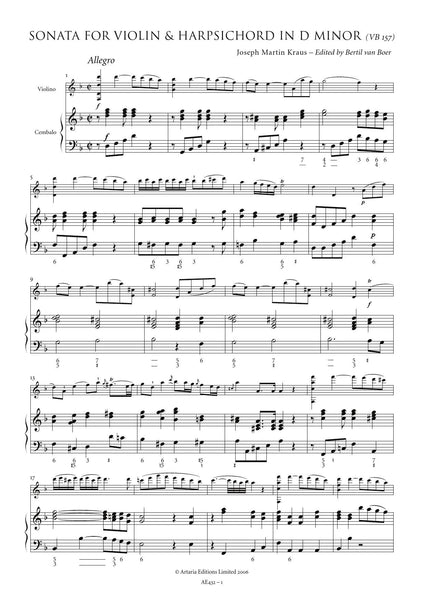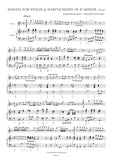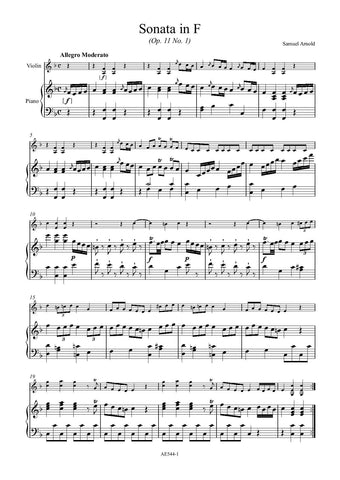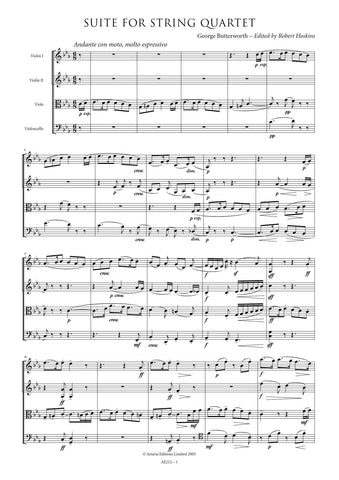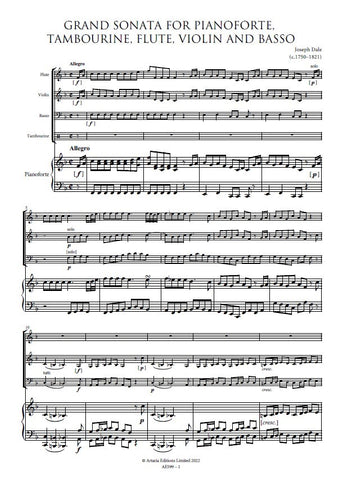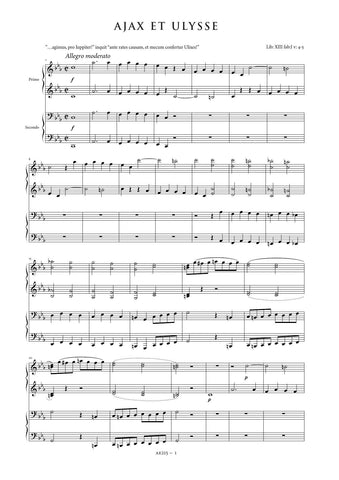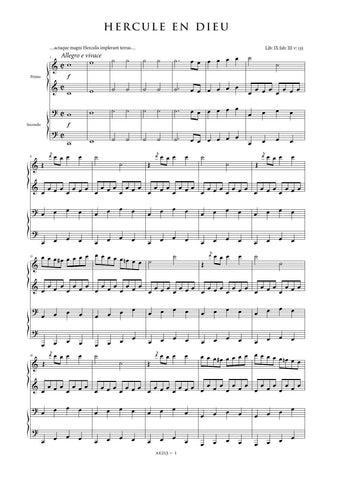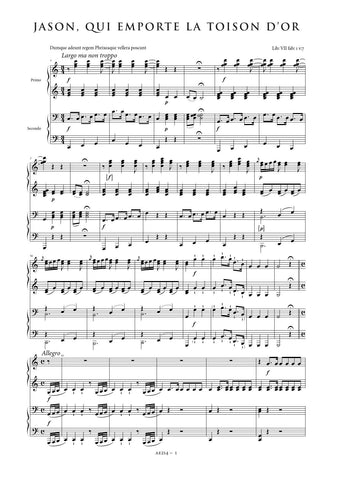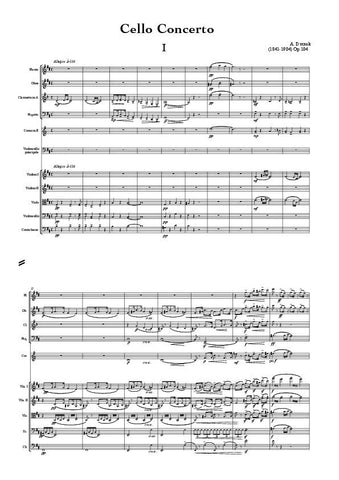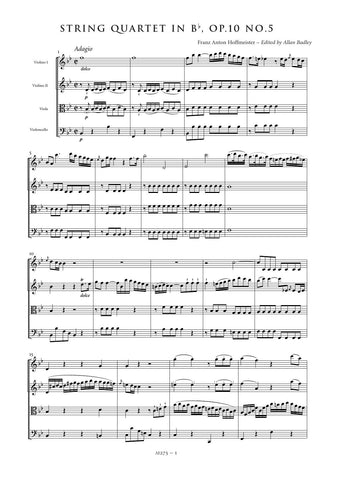Description |
Kraus, Joseph Martin (1756-1792)
|
||||||||||||||||||||
Audio sample |
|||||||||||||||||||||
Details |
Joseph Martin Kraus was one of the most gifted and unusual composers of the 18th century, whose talent for thematic development, colourful orchestration and theatrical flair caused Haydn to proclaim him one of only two 'geniuses' he knew (Mozart being the other one). Although Kraus's focus as a composer was mainly upon works written for the stage, he had occasion and opportunity to write a variety of works for chamber setting, including four sonatas for violin and fortepiano, and this work in D minor, was written in 1777 expressly for violin and "clavicembalo," representing a different sort of piece than the more common duo sonata. It is not known for whom the work was written, but the extensive virtuosity makes it likely that it was intended either for Kraus himself or his brother Franz (1760-1790), an exceptional talent on the violin. The two-movement format is similar to Kraus's early string quartets (VB 178; Artaria Editions AE418), though in this case, the extensive sonata form first movement is followed by a through-composed one consisting of a slow pastorale (replete with bass drone in the violin) and an exotic faster section that includes material from the first movement. What makes this work interesting is the use of scordatura; the G string is to be tuned down to F, which makes it more useful from a harmonic standpoint in that the note can be used in the tonic, relative major, and all dominant-subdominant keys. The "Basso" part is completely figured—for this edition it has been realized by the editor - but given that Kraus specifically mentions only the keyboard instrument ("clavicembalo"), it is unlikely that it was performed as a continuo, i.e. with additional violoncello/contrabass, but rather was intended for harpsichord alone. Allan Badley |
Loading...
Error




